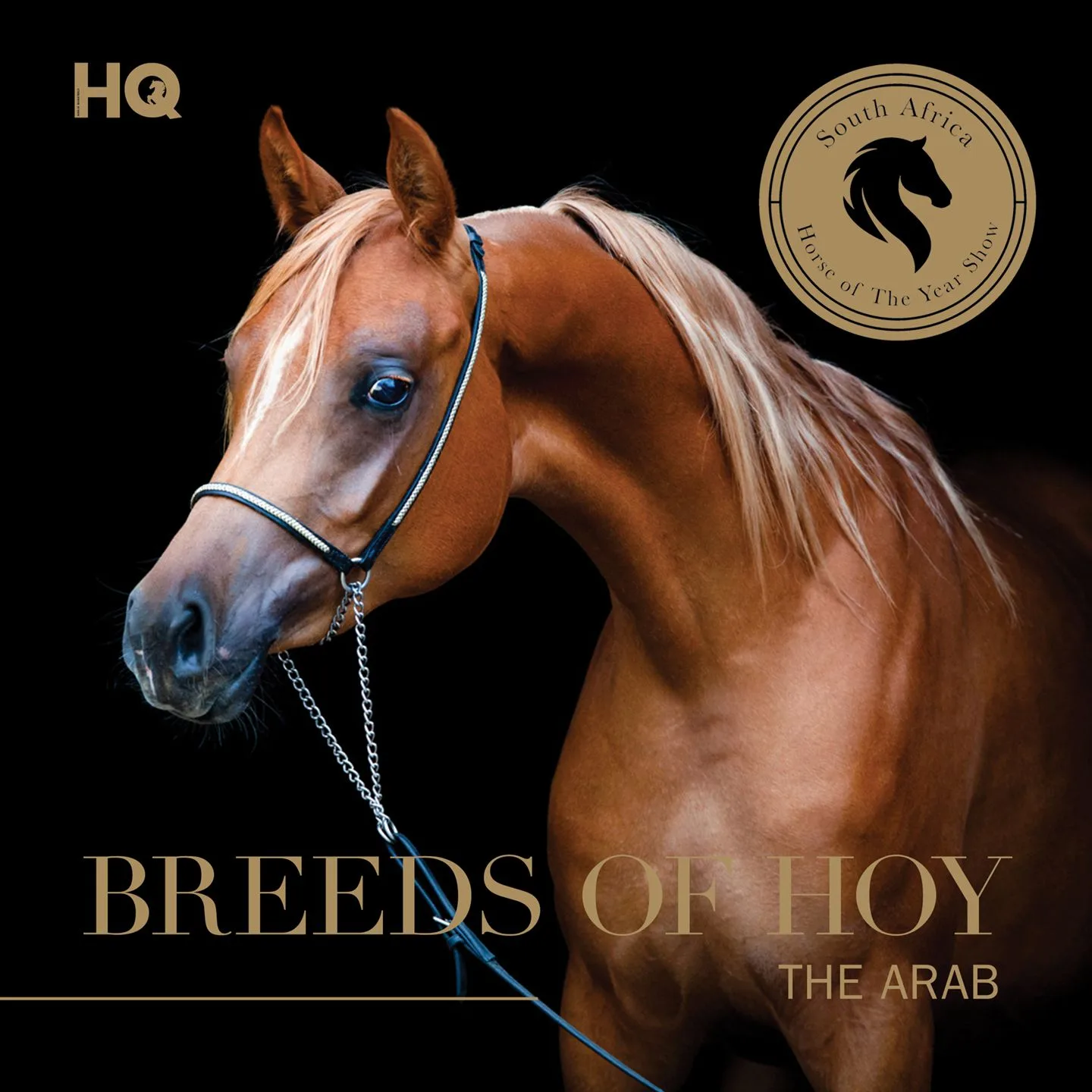Of all horse breeds, the Arabian is undoubtedly one of the most instantly recognisable. Praised for his speed, stamina, elegance, and, perhaps most significantly, his spirit, the breed is much loved all over the world. With his well-formed body and striking face, the Arab has been used extensively to improve almost every other horse breed. The Arabian is one of the oldest breeds, with its history tracing back to at least 2500-3000 BC.
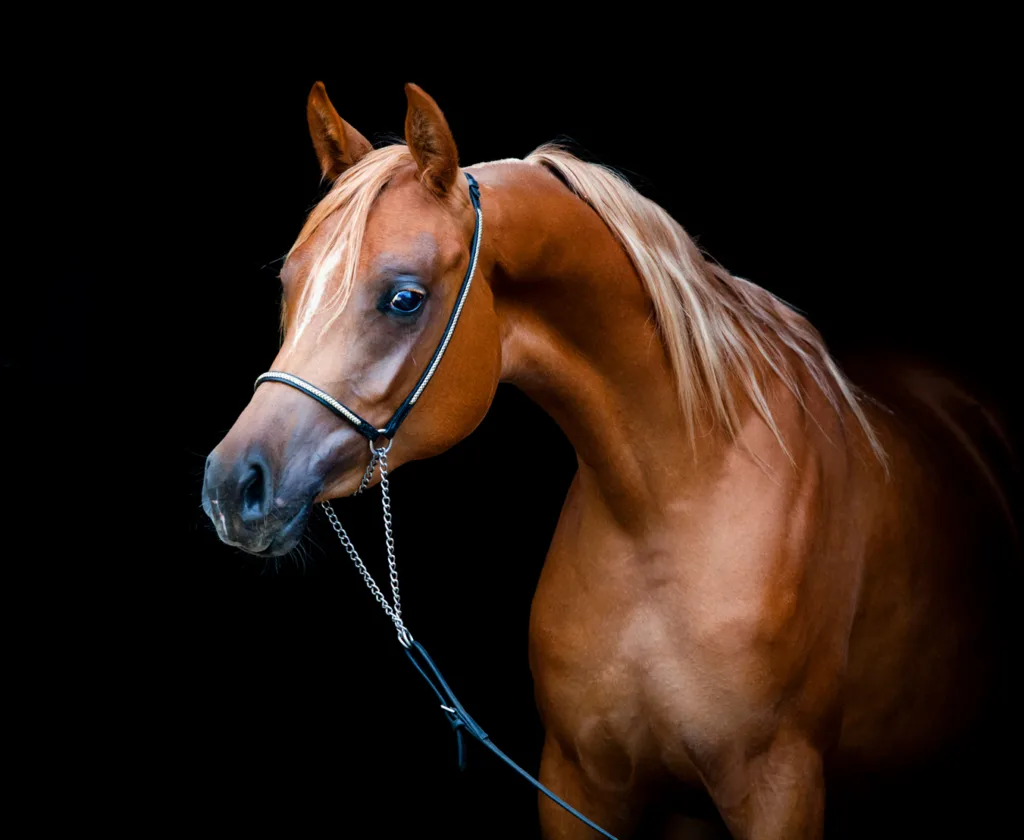
Breed standard
- Height from 14.1 to 15.1 hands, with an occasional individual over or under this height.
- Fine coat in varying colours of bay, chestnut, grey and black.
- Dark skin, except under white markings.
- Comparatively small head. Profile of head should be straight or preferably slightly concave below the eyes with a relatively short distance between the eyes and the muzzle. The jowls should be deep.
- Large nostrils which should be extended when in action.
- Large, round, expressive, dark eyes set well apart (glass eyes shall be penalised in Breeding classes).
- Small ears (smaller in stallions than mares), thin and well-shaped, tips curved slightly inward.
- Long arched neck, set on high and running well back into moderately high withers.
- Long sloping shoulder well laid over with muscle.
- Well sprung ribs.
- Long, broad forearm and a short cannon bone with large sinew.
- Short back with broad, strong loins.
- Croup comparatively horizontal.
- Naturally high tail carriage.
- Viewed from the rear, the tail should be carried straight.
- Hips strong and round.
- Well-muscled thigh and gaskin
- Straight, sound, flat bone.
- Large joints, strong and well defined.
- Sloping pasterns of good length
- Round feet of proportionate size.
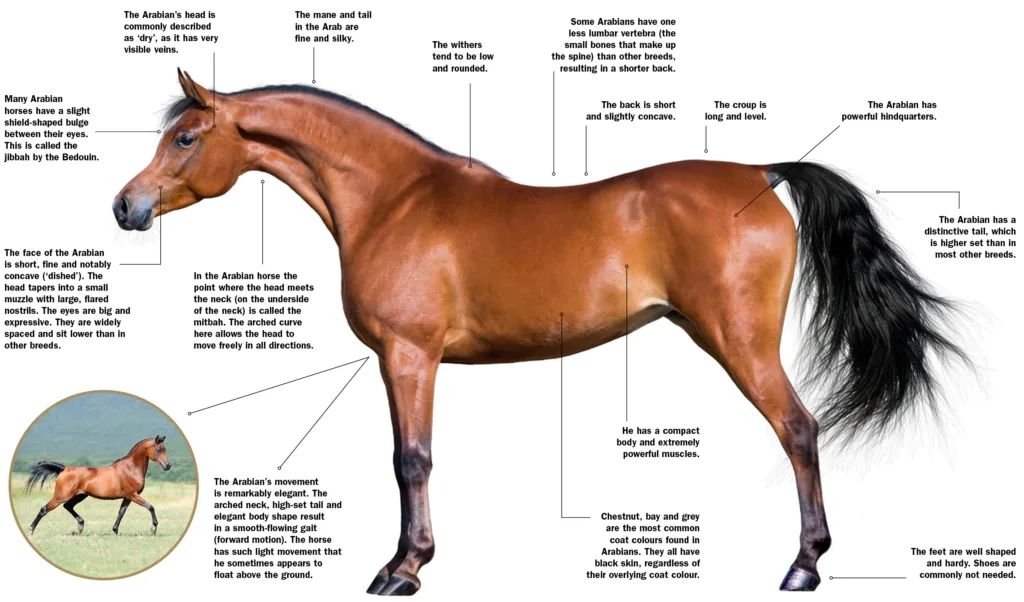
The history
In about 786, Arab historian El Kelbi traced the breed back to approximately 3000 BC, to a mare named Baz and a stallion called Hoshaba. Baz is claimed to have been captured in Yemen by Bax, the great-great-grandson of Noah, tamer of the wild horses. While these and other, similar records remain unsubstantiated, they establish that the breed has undoubtedly been around for some time! What is known for certain, however, is that when the Moors invaded Spain and Portugal in the 8th Century, they brought desert horses with them. This led to the spread of the breed across the Western world.
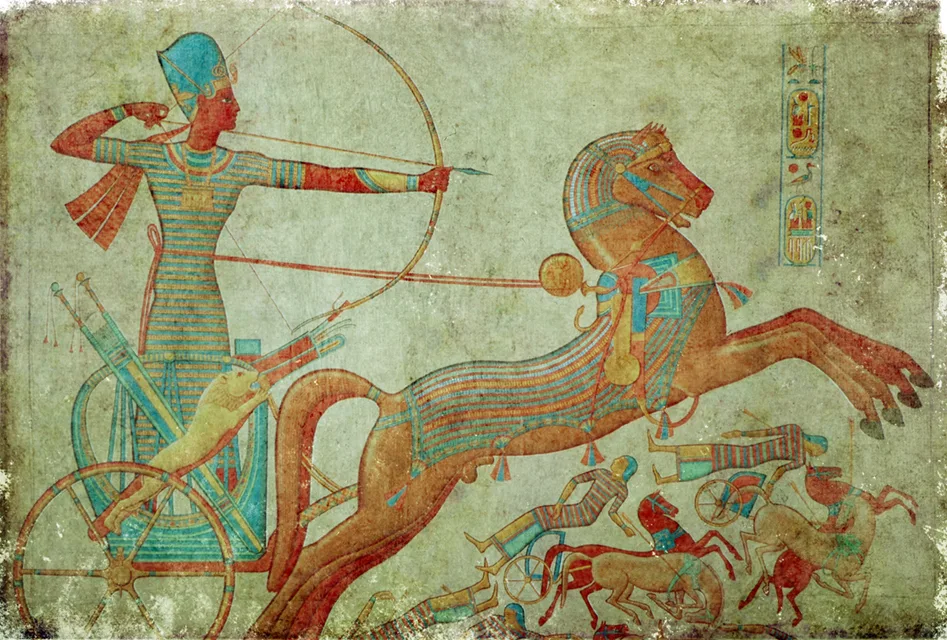
Did you know?
Arabian horses first lived in the deserts of the Arabian Peninsula, where there was little water or grazing available. As a result, they became almost totally reliant on the people living in the area for food and water. Therefore, it was crucial that they developed a good-natured temperament so that they could build relationships with the humans nearby. Today, these people are called Bedouin, and the Arabian horse still forms a large part of their storytelling rituals.
International appeal
The Arabian’s dished face, expressive eyes and elegant movement have made this beautiful horse a favourite breed in many countries worldwide. Different types of Arabians have their own followers, some of whom value the horse most for his beauty, and others for his stamina and athletic prowess. Although they are found in many countries, the USA currently has the highest number of Arabians of any nation.
Different types of Arabians
The Arabian has been used to improve almost every horse breed in the world, adding elegance, beauty, speed, stamina and intelligence. Here are examples of these breeds:
Anglo-Arab
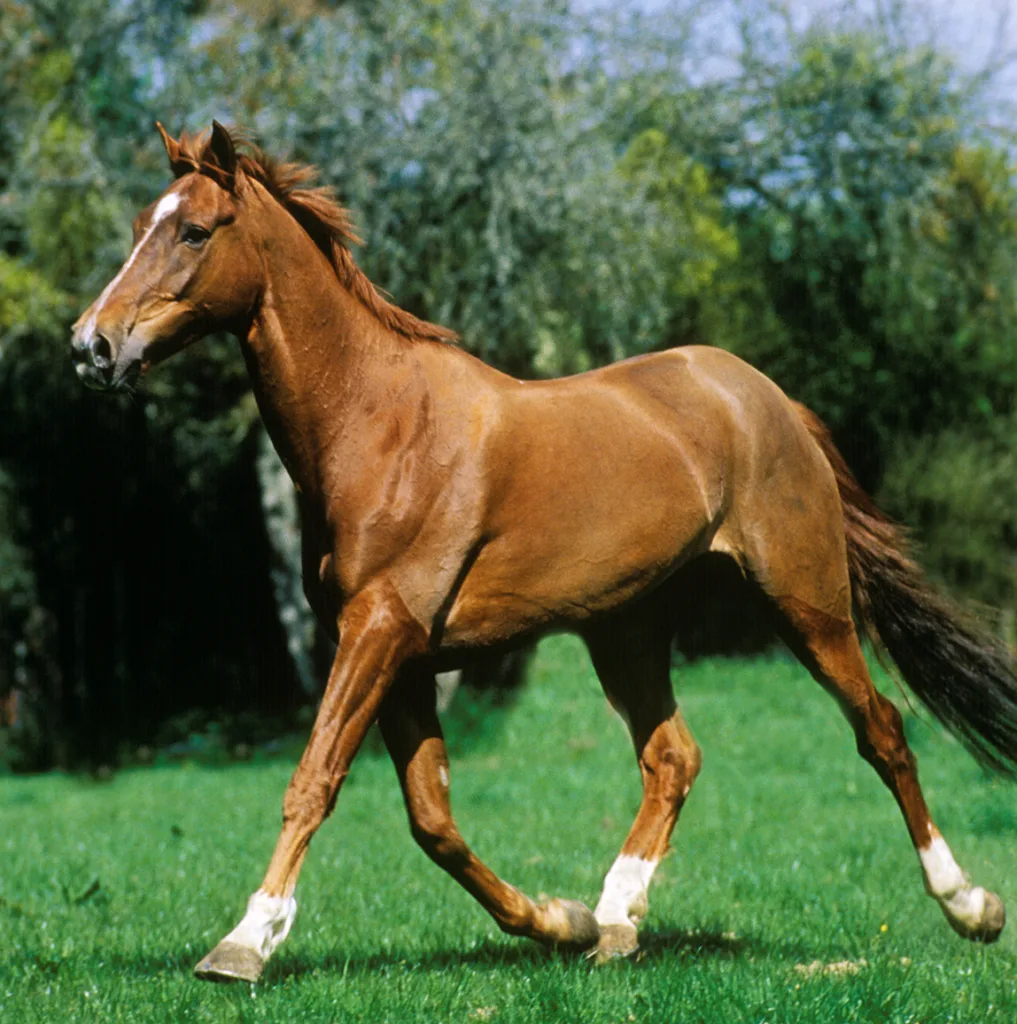
Breed name: Anglo-Arab
Other names: Anglo-Arabian
Breed purpose: Riding
Size: 15.2hh-16.3hh
Coat colour: All solid colours
Places of origin: England and France
Ancestors: Arabian and Thoroughbred
Perhaps the most well-known of the breeds mentioned here is the Anglo-Arab. France is one of the main breeders of the Anglo-Arab, which is a cross between the Thoroughbred and the Arabian. From the Anglo-Arab’s origins in England, the breed was refined at Pompadour in Limousin, the National Stud of France once favoured by French rulers.
Today the Anglo-Arab is similar in appearance to the Thoroughbred, but has a more solid frame and is generally taller than the average Arabian. Anglo-Arabs are supreme sporthorses. They are strong, powerful and athletic, allowing them to accelerate and make rapid changes of direction with enormous ease. This makes them perfect for equestrian sports such as showjumping and cross-country. They are also popular for Western disciplines.
Shagya Arab
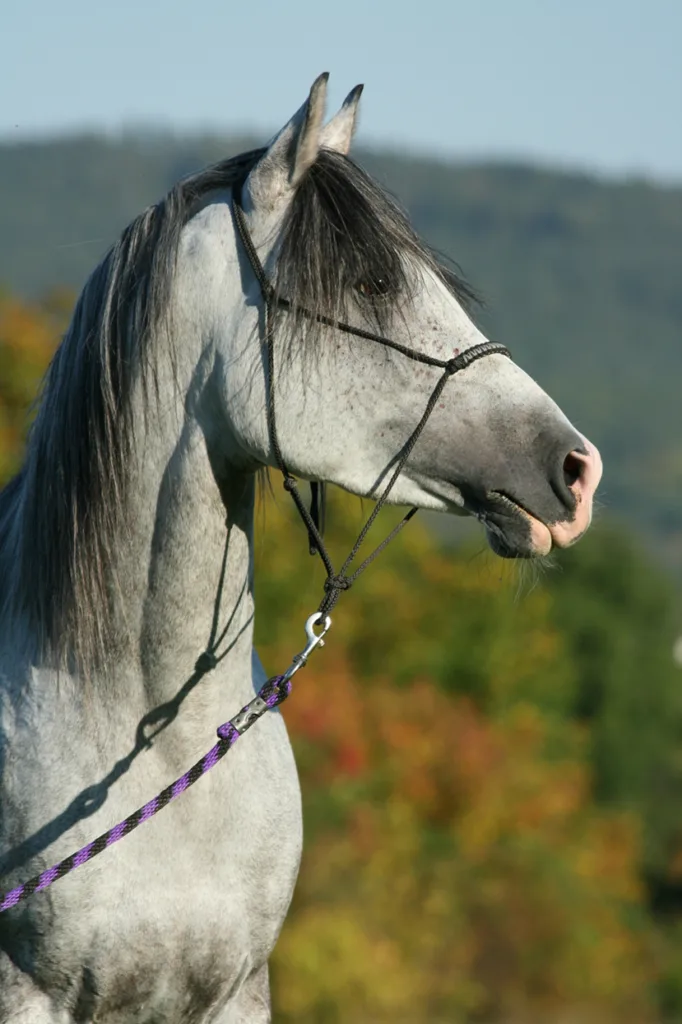
Breed name: Shagya Arab
Other names: Shagya Arabian
Breed purpose: Riding
Size: 15hh
Coat colour: Mainly grey, but also bay, chestnut and black
Places of origin: Hungary
Ancestors: Arabian, Thoroughbred and Spanish Horse
The Shagya Arab was originally bred in the 19th Century at Babolna as the riding horse of choice for the Hungarian cavalry. The breed was founded on the cream-coloured Arab stallion Shagya, who was born in Syria in 1830. The Shagya Arab is a fast and hardy horse. He is well suited for sporting events like dressage and eventing. He is a little bigger boned than purebred Arabians but retains the main Arab qualities.
Sardinian Anglo-Arab
Breed name: Sardinian Anglo-Arab
Other names: Sardinian
Breed purpose: Riding and racing
Size: 15.2hh
Coat colour: Chestnut, brown, black, grey and bay
Place of origin: Sardinia, Italy
Ancestors: Arabian
These horses were first bred on the Mediterranean island of Sardinia, hence their name. Arabians were imported in 1908 and Thoroughbreds in the 1920s to improve the tough island breed. Sardinian Anglo-Arabs are now used for a variety of sporting events. The breed has great speed and stamina and very sturdy legs. Many of these horses take part in the Palio de Siena, a famous and highly controversial race, where teams from different parts of Siena, Italy, race around the city’s streets.
Polish Arab
Breed name: Polish Arab
Other names: None
Breed purpose: Riding and racing
Size: 14-15hh
Coat colour: Bay, black, chestnut or grey
Place of origin: Poland
Ancestors: Arabian
Pure Arabians have been bred in Poland since the 16th Century. World War 1 and World War 2 saw the breed almost decimated, with huge numbers killed in battle or taken to Russia. However, some dedicated breeders evacuated a few of the horses and this helped save the breed. After the wars, the Polish Arabs, who were mainly bred for racing, became particularly renowned for their quality. Polish-bred Arabians are still used for racing and breeding today and are traded around the world, often at high prices.
Russian-Arab
Breed name: Russian Arab
Other names: None
Breed purpose: Riding
Size: 15.3-17hh
Coat colour: Various
Place of origin: Russia
Ancestors: Arabian
There were Arabian horses in Russia as far back as the 12th Century, and it is thought that the first Tsar of Russia, Ivan the Terrible (1530-1584), kept Arabians in the royal stables. In 1889, a Russian nobleman called Count Stroganov set up the Tersk Stud, which later became a state-controlled breeding farm.
Gidran Arab
Breed name: Gidran Arab
Other names: None
Breed purpose: Carriage work and military
Size: 16-17hh
Coat colour: Mainly chestnut
Place of origin: Hungary
Ancestors: Arabian and Thoroughbred
This rare breed was created at Hungary’s oldest national stud Mezöhegyes, which was established in 1784 to breed military horses for the cavalry. The breed can be traced back to the chestnut Arabian stallion Siglavy Gidran, who was bought in Egypt by Baron Fechtig in 1816. The stallion’s son was taken to Mezöhegyes, and the Gidran Arab was developed. The breed is muscular and powerful, with great speed and agility. The Gidran Arab is well suited to competitive sports and excels particularly in showjumping. The larger of the breed are good carriage horses.
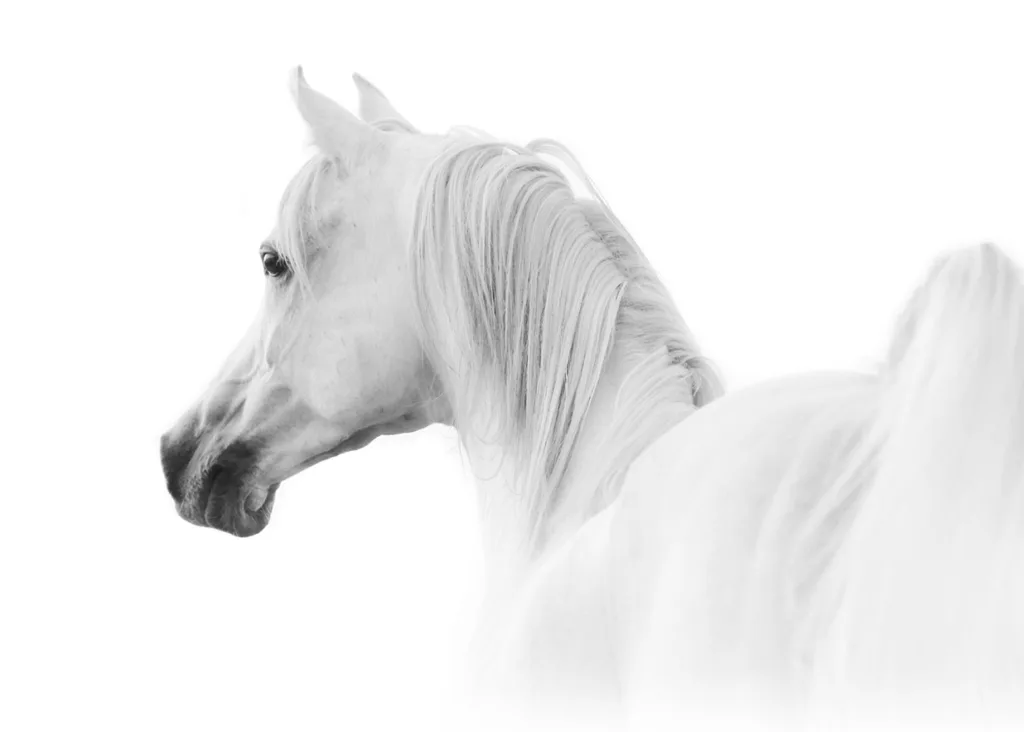
Did you know?
The unique appearance and exceptional beauty of the Arabian has long been recognised. In his famous book Newmarket and Arabia, Major RD Upton wrote in 1873 that “the formation of the Arab is so perfect, there is nothing to spare, no waste, his form is one essentially of utility, the space for the seat of the rider is sufficient, and at once fixes his true position, the weight is therefore carried on that part most adapted for it. The rest of his frame is taken up with the powers of progression. Nature, the unerring artist, has not made a mistake and man, with his improvements, has not had the opportunity of spoiling him.”
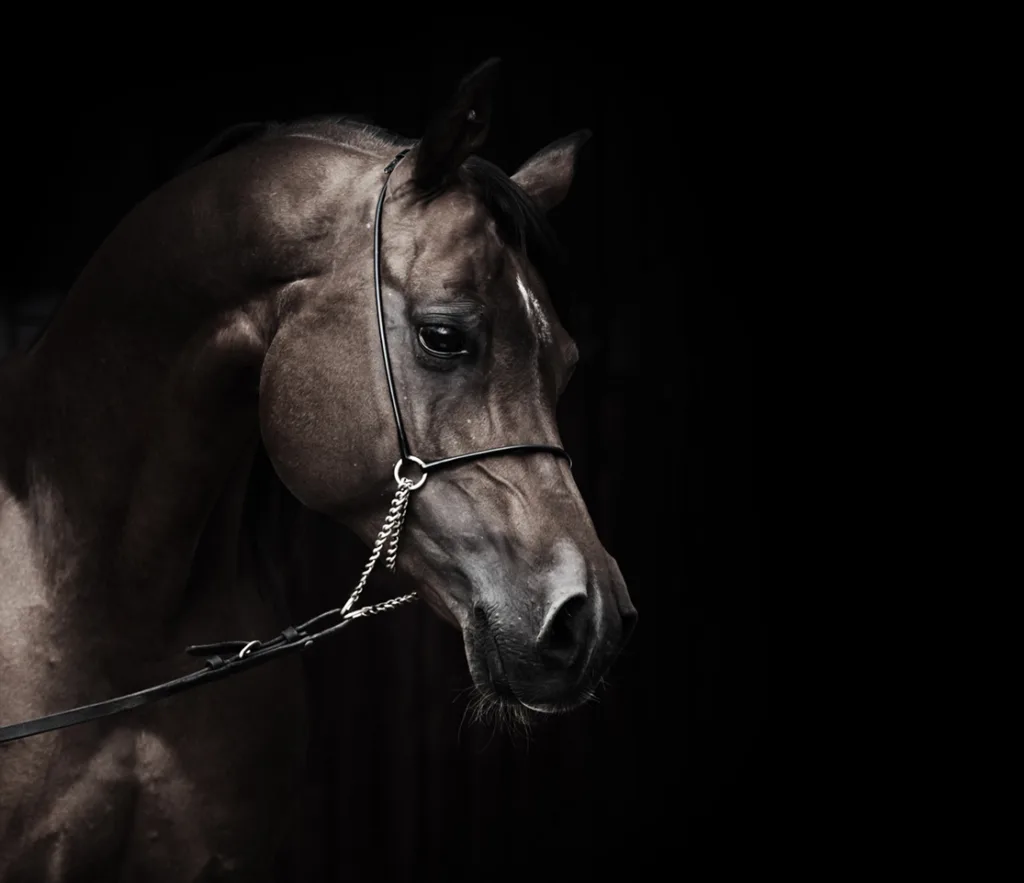
The Arab Horse Society of South Africa (AHSSA)
The Arab Horse Society of South Africa is the breed society for the pure bred Arab, Anglo Arab, and part-bred Arab horses in South Africa.
Did you know?
The first purebred Arabian arrived in South Africa in 1891.
Founded on 22 October 1960, the Society was born out of a deep passion for the Arabian horse. Inspired by the elegance, grace, and endurance of this ancient breed, Mrs. Charmaine Grobbelaar, the Society’s first president, played a key role in establishing it after her own unforgettable encounter with an Arabian horse.
The AHSSA is a member of the World Arabian Horse Organisation and is affiliated with the SA Studbook. Since its founding, the Arab Horse Society has grown to become the largest breed society affiliated with the South African Stud Book.
Today, the AHSSA continues to preserve the heritage and legacy of the Arabian horse, ensuring that the breed thrives in South Africa.

